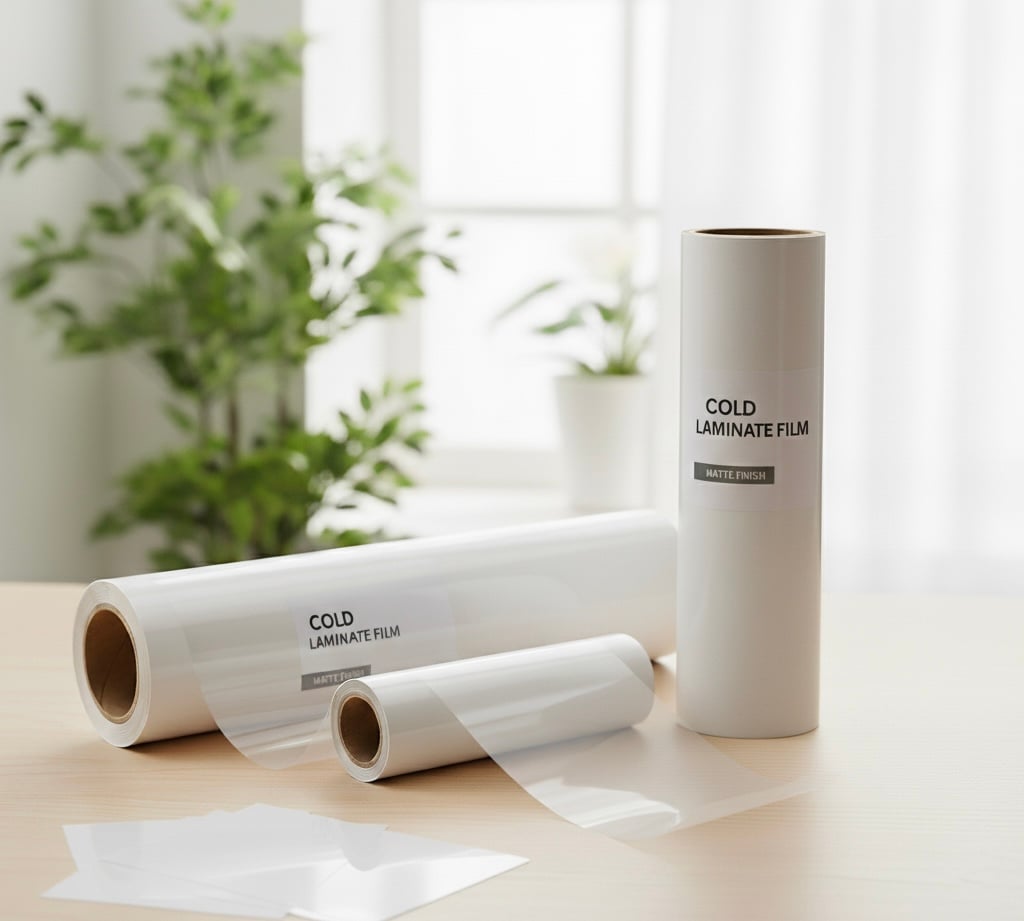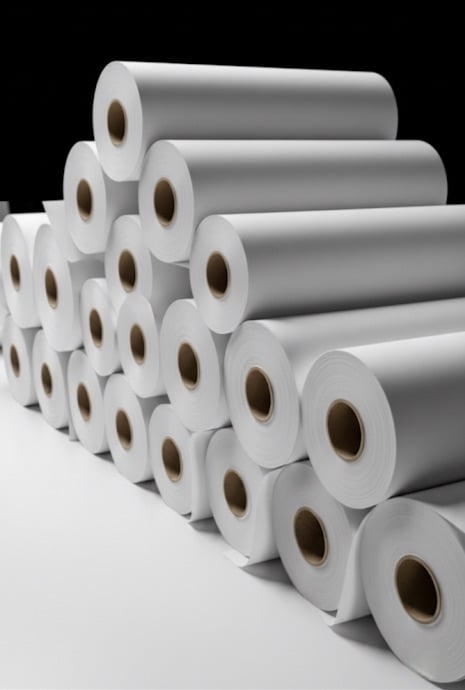
DISCOUNTED EDUCATION PRICING! CALL 1-877-891-8411. We Gladly Accept School Purchase Orders!

When it comes to creating stunning visuals in schools, most of the spotlight goes to the poster maker printer itself. But there’s an unsung hero that can make or break the final result: poster maker paper. The right paper doesn’t just affect how a poster looks—it determines how long it lasts, how vibrant the colors appear, and how effectively your message connects with its audience.
In classrooms, libraries, and administrative offices, poster maker paper plays a critical role in visual communication. Whether schools are printing safety guidelines, SEL visuals, STEM diagrams, event promotions, or motivational classroom banners, the right paper ensures each poster is clear, durable, and impactful.
Let’s explore everything educators, administrators, and school print teams need to know about poster maker paper—including types, finishes, sizing, laminating options, and smart ways to save money without sacrificing quality.
A great printer can only go so far if it’s paired with subpar media. Poster maker paper acts as the foundation for every visual. It determines how ink adheres, how colors pop, and how professional your school signage looks.
Think of it like painting—no matter how good your brush is, if your canvas is flimsy or absorbs too much pigment, your results will never look crisp.
High-quality poster maker paper ensures:
When chosen wisely, poster maker paper becomes an investment in communication, not just a printing supply.
Poster maker paper isn’t one-size-fits-all. Different school needs call for different media. Here’s a breakdown of the main categories and their best uses.
The most common and cost-effective option, bond paper is perfect for everyday posters. It’s ideal for:
Bond paper offers a matte finish that’s easy to read under fluorescent lighting. It’s a go-to for schools printing large volumes of content at a low cost.
Best use: Short-term or frequently changing displays.
When you need your visuals to pop, coated paper is a step up. It features a smooth surface that enhances color saturation and detail sharpness.
Best use: School events, promotional posters, and vibrant educational displays.
If durability is your priority, go for heavyweight stock. This thicker paper resists tearing and warping, making it ideal for long-term use.
Best use: Permanent hallway displays, classroom rules, or school branding materials.
For outdoor displays or areas exposed to moisture—like gym entrances, cafeterias, or playgrounds—synthetic poster paper is the ultimate solution. Made from polypropylene or polyester, it’s water-resistant and tear-proof.
Best use: Outdoor events, safety signage, athletic posters, or field trip visuals.
Schools love self-adhesive poster media for quick installations. Just peel, stick, and display—no tape or mounting required.
Best use: Temporary campaigns, reminders, and classroom labels.
Another crucial choice when selecting poster maker paper is the finish. It changes how your design looks under different lighting conditions and how easily it can be read.
Matte paper diffuses light evenly, minimizing glare—perfect for schools with bright overhead lighting.
Glossy paper delivers more color depth and vibrancy. It’s especially eye-catching for photo-based designs or high-resolution images.
Quick tip: Use matte for classroom learning materials, and gloss for displays where visual appeal is key.
Paper weight, measured in GSM (grams per square meter), determines the thickness and sturdiness of your poster.
| Paper Type | Weight Range | Best For |
|---|---|---|
| Standard Bond | 75–100 GSM | Everyday printing |
| Heavyweight | 120–180 GSM | Long-term displays |
| Synthetic | 150–200 GSM | Outdoor or durable posters |
| Adhesive | 100–150 GSM | Quick, temporary signage |
For schools, 100–150 GSM often provides the best balance between quality and cost efficiency. It’s thick enough to look professional without jamming printers.
Even the best poster maker paper can underperform without proper printing techniques. Here are a few best practices for educators and tech staff using school poster makers:
These small adjustments can elevate the look and longevity of your school’s printed materials.
To protect printed posters and keep them looking fresh for years, lamination is essential. Cold lamination is the preferred method for schools—it’s safe, quiet, and doesn’t require heat, making it classroom-friendly.
Cold Lamination Benefits:
Pairing quality poster maker paper with cold lamination film creates a winning combination for durable, reusable materials like behavior charts, classroom rules, and seasonal decorations.
Visuals are among the most powerful learning tools in education. According to research, students retain 65% more information when it’s paired with clear, visual communication.
High-quality poster maker paper enhances that impact. It keeps colors bright, text legible, and designs inspiring—helping visual learners absorb and recall key concepts.
In subjects like STEM and SEL, clarity and engagement matter most. A dull, smudged printout loses attention quickly. But a sharp, vibrant poster printed on the right paper becomes a daily teaching aid—encouraging curiosity and reinforcing learning goals.
Examples of classroom applications:
In every case, the right poster paper ensures the message is not just seen—but remembered.
Budgets are tight in most education environments, but cutting corners on poster paper can backfire. Instead, use strategic methods to stretch your resources:
Over time, these habits reduce waste and maximize every inch of your poster paper roll.
Even experienced tech coordinators make small errors that affect output. Avoid these pitfalls to get flawless results every time:
Simple quality checks go a long way toward maintaining print consistency across classrooms and departments.
Sustainability is becoming a top priority in schools. Fortunately, manufacturers are responding with eco-friendly poster maker papers made from recycled fibers or sustainably sourced materials.
Some new options even feature biodegradable coatings that provide moisture resistance without plastic-based films. Schools can now create beautiful posters while supporting green initiatives.
Green printing best practices:
These small steps add up, aligning educational creativity with environmental responsibility.
Behind every inspiring school poster—whether it’s a bold STEM diagram, a SEL reminder, or a homecoming banner—is a foundation of quality poster maker paper. It’s the unsung layer that holds color, communicates ideas, and keeps materials looking professional for months or even years.
When combined with a reliable poster maker printer, the right paper transforms classrooms and hallways into learning environments that speak visually, clearly, and effectively.
Choosing your poster paper wisely isn’t just a printing decision—it’s an investment in how your school communicates, educates, and inspires.